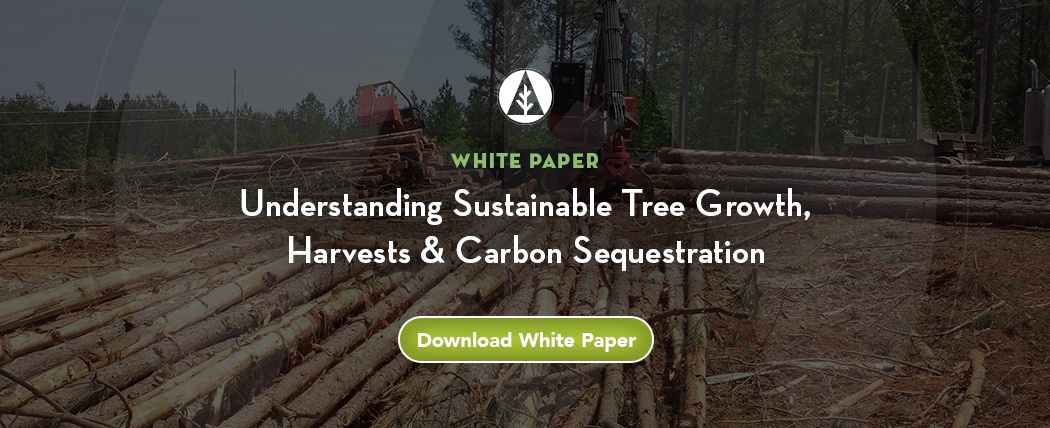
In July alone, wildfires burning across the Western US emitted enough carbon dioxide to wipe out more than half of the region’s pandemic-driven emissions reductions in 2020.
California, Idaho, Oregon, and Washington saw fossil-fuel emissions decline by around 69 million tons of carbon dioxide last year. But from July 1 to July 25, fires in these states produced about 41 million tons of carbon dioxide, based on data provided to MIT Technology Review from the European Commission’s Copernicus Atmosphere Monitoring Service.
Nationally, forty-eight percent of the acres burned in 2021 so far have occurred on U.S. Forest Service protected lands.
We mourn the loss of Greenville, California to the Dixie Fire, and everyone affected by wildfires burning across the region. The 2021 wildfire season is demonstrating, once again, the importance of active forest management to reducing severe fire risks and protecting communities.
For example, the Forest Service says prescribed fire and tree-thinning work in treatment areas effectively reduced the intensity of Oregon’s Bootleg Fire. Forest management works, but we are not doing enough of it.
Catastrophic wildfires have once again gained attention from federal lawmakers and agencies. Proposed funding for forest management in the U.S. Senate’s infrastructure plan has been further increased to $8 billion, including $500 million for “ecologically appropriate thinning.”
But money alone is not going to increase active forest management as long as projects on national forests continue to be held up in litigation. It also takes an average of 1,082 days simply to complete an Environmental Impact Statement in order to implement a project on the ground.
Just in the past several days, more lawsuits have been filed against forest management projects, and others have been stalled in court before they can be implemented. These include:
- The Lolo Insect & Disease project on the Nez Perce-Clearwater National Forest that seeks to restore natural forest disturbance patterns, improve long-term resistance and resilience at the landscape level, and improve watershed conditions.
- The Camp Lick Project on the Malheur National Forest that was developed to improve forest health, increasing resiliency to disturbances (including wildfire), improving biodiversity and habitat for fish and wildlife species, providing abundant clean water (both for fish and downstream uses).
- The Soldier-Butler Project on the Lolo National Forest that was designed to increase forest resilience to withstand and adapt to disturbances such as wildfire, insects, drought and disease. The treatments will favor the growth and retention of ponderosa pine and western larch, and retain large, fire-tolerant trees.
To accelerate forest management to meaningful levels, increased funding needs to be coupled with policy reforms that enable public lands managers to expedite needed projects on our national forests.
The Resilient Federal Forests Act, recently introduced by Rep. Bruce Westerman (the only forester in Congress), includes many such reforms, including:
- Utilizing state-of-the-art science to triage the top 10 percent of high-risk “firesheds.”
- Simplifying and expediting environmental analysis to reduce costs and planning times of critical forest management projects while maintaining thorough environmental reviews.
- Speeding up essential forest management projects by ending frivolous ligation.
- Giving the Forest Service the necessary tools to restore watersheds, improve wildlife habitat, and protect critical infrastructure and public safety in wildland-urban interfaces.
- Accelerating reviews for salvage operations and reforestation activities to encourage quick reforestation, remove dangerous hazard trees, and economically revitalize rural areas.
- Incentivizing collaborative projects of up to 30,000 acres to increase the pace and scale of active management.
- Creating new, innovative authorities that increase tribal management of forestlands.
- Removing cumbersome interagency consultation requirements that delay forest management activities and attract obstructionist litigation.
- Expanding and improving existing authorities to address insect and disease infestations and increase resiliency to wildfires.
If you agree it’s time for Congress to take serious action to support active forest management on national forests, you can take a moment to send a message to your federal representatives here.
This post appears courtesy of guest blogger Nick Smith, who is Executive Director of Healthy Forests, Healthy Communities, a non-profit, non-partisan organization that is supported by individuals and businesses who are passionate about improving the health of our forests and the future of our rural, forested communities.


 Nick Smith
Nick Smith



